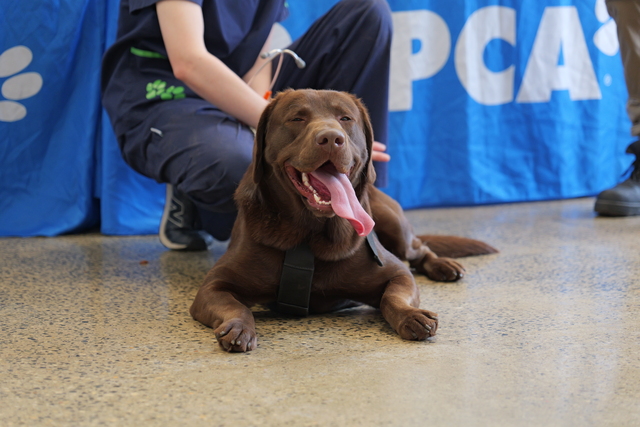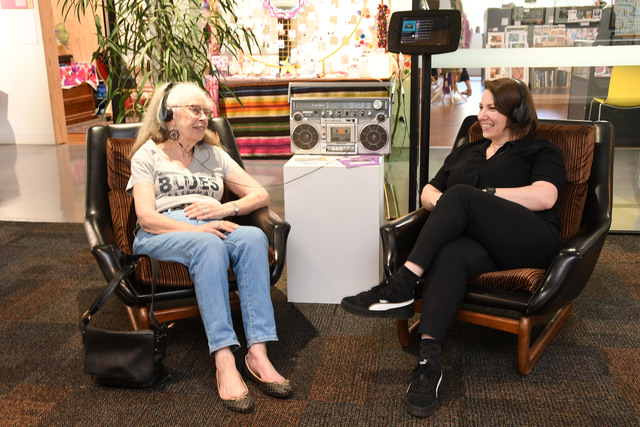By MELISSA MEEHAN
HEART attacks, strokes and other serious illnesses can be triggered by the use of crystal methamphetamine.
Crystal methamphetamine, more commonly known as ice, related ambulance attendances are on the rise across Victoria, including the Yarra Ranges according to a recently released report by Turning Point.
While the figures locally aren’t as high as other areas, emergency services personnel say the problem is much more widespread as the figures only show incidences where an ambulance was called.
Turning Point clinical director Doctor Matt Frei said the recent report on the alarming rise in ambulance call-outs meant there were, without doubt, many more taking the drug that were not necessarily caught up in the statistics.
But he said users faced serious medical problems caused by the drug.
“It interferes with brain chemistry and is from the stimulant family,” he said.
“It’s also highly addictive – so a recipe for trouble.”
Dr Frei said the drug had been around for a long time, decades in fact, and was often prescribed for weight loss, fatigue and depression back in the 1950s.
“It became apparent, the problems associated with taking the drug – it was addictive and caused several significant side effects,” he said.
“Then it became a criminal market.”
He said that a range of people used ice, from young teenagers to 50-year-old women.
But it seemed to be the choice of younger drug takers.
“From our research you would say the median age of users is about 27 years old,” he said.
“But of course, like anything else there are people on either side of that spectrum.”
The ability to smoke it makes ice more socially acceptable, according to Dr Frei.
“It has an advantage over heroin because it can be smoked as well as injected,” he said.
“People don’t like the idea of becoming a ‘junkie’ with needles in their arms, so they smoke it, not realising it’s just as dangerous.”
Sleepness nights, violent behaviour and paranoia are all effects of the drug, and Dr Frei has seen his fair share of symptoms in emergency hospital wards.
“We have some people coming in, needing to be held down by police, paramedics, psych ward staff and security staff,” he said.
“And these guys are presenting with mental health issues, sores, and sometimes cardiac events.”
He said the latest report came from a number of paramedics and doctors noticing a trend.
“Hopefully this report makes the people in charge understand what is happening out on the streets,” he said.
“It’s a trend that we need to put more effort into.”






